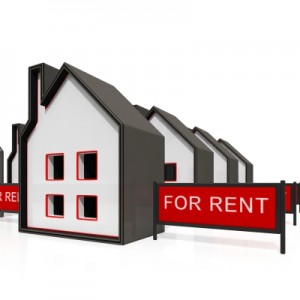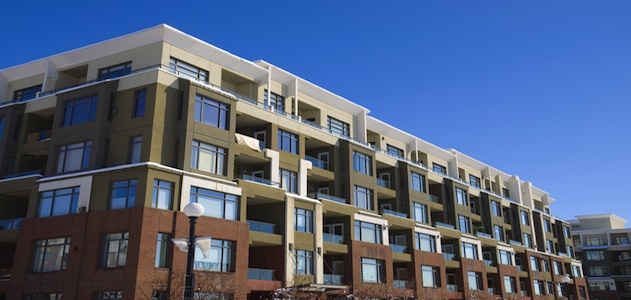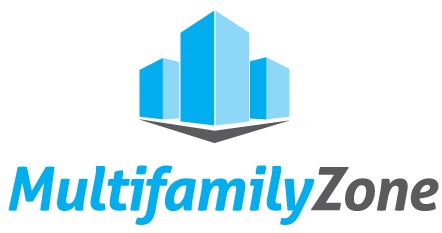Is the Multifamily Industry Facing a Skills Gap Crisis?
by Heather Blume | shared post from www.PropertyManagementInsider.com

Professional Development. I’m willing to bet that at some point in the last few months, you’ve heard those words from your boss or even your local apartment association.
Maybe you’re lucky enough to work for a company that has an entire department at the corporate office devoted to it. Companies spend thousands of dollars a year on professional development programs, providing everything from internal mentoring match-ups, to online and in-person training classes, to leadership retreats, to paying for memberships in their local associations that give employees access to networking and education opportunities within their industry.
So why are so many CEOs and companies reporting that their workforce is experiencing a significant “skills gap” with the demands of their current positions and the skills needed to “compete effectively in the coming years?”
Technology Outpacing Property Management Employee Skill Sets
According to Accenture’s 2013 research, nearly half of the companies surveyed (46%) share this skill gap fear for the future. Accenture postulates that one cause behind this gap is quick changes in both the marketplace and in technology, a situation that property management professionals know all too well. If I told you seven years ago that you needed to look into hiring someone to specialize in Facebook and Pinterest postings, you’d have looked at me like I was crazy; and yet today, there are entire teams working for multifamily housing companies that are devoted to social media management.
Critical Thinking Tops the Skills Gap
It’s not just the hard skills that are missing, like accounting, capital development planning, and NOI management; what’s really coming up on the light end of the scales are the soft skills. According to the Society for Human Resource Management, the four skills that top the gap are critical thought, professionalism, written communication, and leadership. This could stem from a combination of generational influences and the myth that these abilities are “talents” that people are born with, not a skill set that can be effectively taught, but whatever the cause, we are running out of people who can captain the ship, so to speak. And, as Accenture points out, there are definite ramifications to the persistence of these skill gaps among an employee base.
Those surveyed are preparing for a potential increase in operational costs due to a drop off of critical skills–66% of them think they will lose business to a competing company, and almost two-thirds of them – 64% – are anticipating negative effects on their income and business growth goals. Most alarmingly though, will be the possible effects on employee performance and productivity. Accenture discovered that 87% of respondents “believe that a skills gap increases stress on existing employees, who need to cope with new challenges while lacking the appropriate tool set of skills.”
Closing the Gap with Employee Training
The Accenture report emphasizes education as one of the main ways to combat this growing problem. The good news is that it seems a majority of companies are willing to embrace this resolution. When it comes to education dollars in 2014, 51% of the companies surveyed are expecting to increase the amount of money they’re investing in their training departments this year.
This is positive news. Since the recession, training has topped the list of budget cuts for many companies. Of these companies, 43% aren’t planning to increase their budget for training, but they do anticipate their amount of investment to keep true to current levels.
Do you believe that the skill levels of your employees and coworkers are sufficient enough to compete effectively in the coming years? What does your training budget look like? Are you experiencing a skill-set gap in your workplace, especially when it comes to social media?



 With rising water rates, persistent drought conditions, and a growing U.S. population, water conservation is becoming more important every day.
With rising water rates, persistent drought conditions, and a growing U.S. population, water conservation is becoming more important every day. 





 by
by 
 Property owners in Colorado are facing unexpected fallout from the state’s recent pot legalization rules: explosions.
Property owners in Colorado are facing unexpected fallout from the state’s recent pot legalization rules: explosions. Rental property renovations open the doors for financial rewards through potential rental or selling price increases. However, deciding
Rental property renovations open the doors for financial rewards through potential rental or selling price increases. However, deciding 





